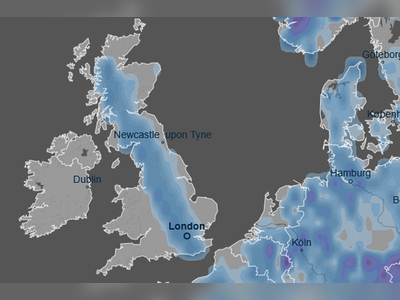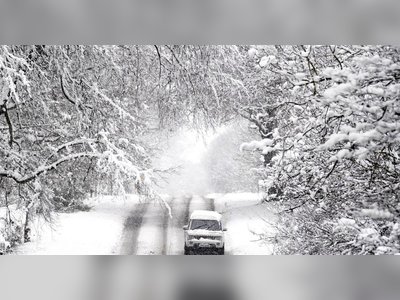
How national border walls are splitting ecosystems apart
Pity the tiny band of lynx in the Polish half of Europe's most ancient forest. In June, their home, the Białowieża Forest, was cut in half when the Polish government completed construction of a wall on its border with Belarus. The aim was to repel refugees from the Middle East and elsewhere being channelled to the border by the Belarus government. But the 115-mile wall (185km) – which towers 18ft (5.5m) above the forest floor, stretching almost into the canopy above – has imprisoned migrating wildlife too.
The dozen or so lynx holed up on the Polish side of the barrier will no longer be able to hunt, feed, or breed with their more numerous fellows across the border. The wall dividing the 1,200 square-mile (3,100-sq-km) forest is expected to increase hunger among the lynx, and by limiting options for mates, decrease their already low genetic diversity.
In a letter sent in January, as work on the wall started, more than 500 wildlife scientists pleaded with the European Commission in Brussels to use its powers to halt the Polish government's project. If construction went ahead, they said, the forest's ecology faced "devastating consequences", including "the collapse of the Polish lowland lynx population".
But the wall was completed regardless. Rafał Kowalczyk of the Polish Academy of Sciences' Mammal Research Institute, a signatory of the letter, says there is now "a high risk of extirpation" of the Polish lynx, meaning local extinction.
Seventy-four border walls currently exist across the globe, six times the number at the end of the Cold War
The Białowieża barricade is one of a rapidly growing number of walls and fortified fences, often topped with razor wire and scoured by searchlights, that are sprouting along national borders around the world. Their construction is fuelled by growing fears about cross-border migrants, terrorists, drug-smugglers and, in the case of the wall built by Ukraine between 2015 and 2022, a failed attempt to dissuade Russian armed forces from infiltrating into the east of the country.
From the swamps of Africa to the mountains of South East Asia, and from the US-Mexico border to the steppes of Central Asia, many of these barriers are appearing in remote regions that have until now been the preserves of nature. They are blocking seasonal migrations of large animals, reducing genetic and species diversity, and threatening the futures of millions of species that will need to move their domains to keep up with a changing climate.
As species and ecosystems try to move to accommodate warmer conditions and shifting weather patterns due to climate change, the threat to wildlife from border barriers can only grow. This is especially true, says Mark Titley of Durham University in the UK, when the barriers stretch long distances from east to west, preventing poleward shifts, or follow contours on mountainsides, preventing similar movements uphill to cooler climes.
A study last year by Titley and colleagues concluded that by 2070, climate change will mean that some 35% of mammals globally will have more than half of their climate niches in countries in which they are not currently found. So without the ability to cross borders, they face annihilation. Titley highlighted three key borders with the highest number of species at risk: those between China and Russia, the United States and Mexico, and India and Myanmar. All three are currently barricaded.
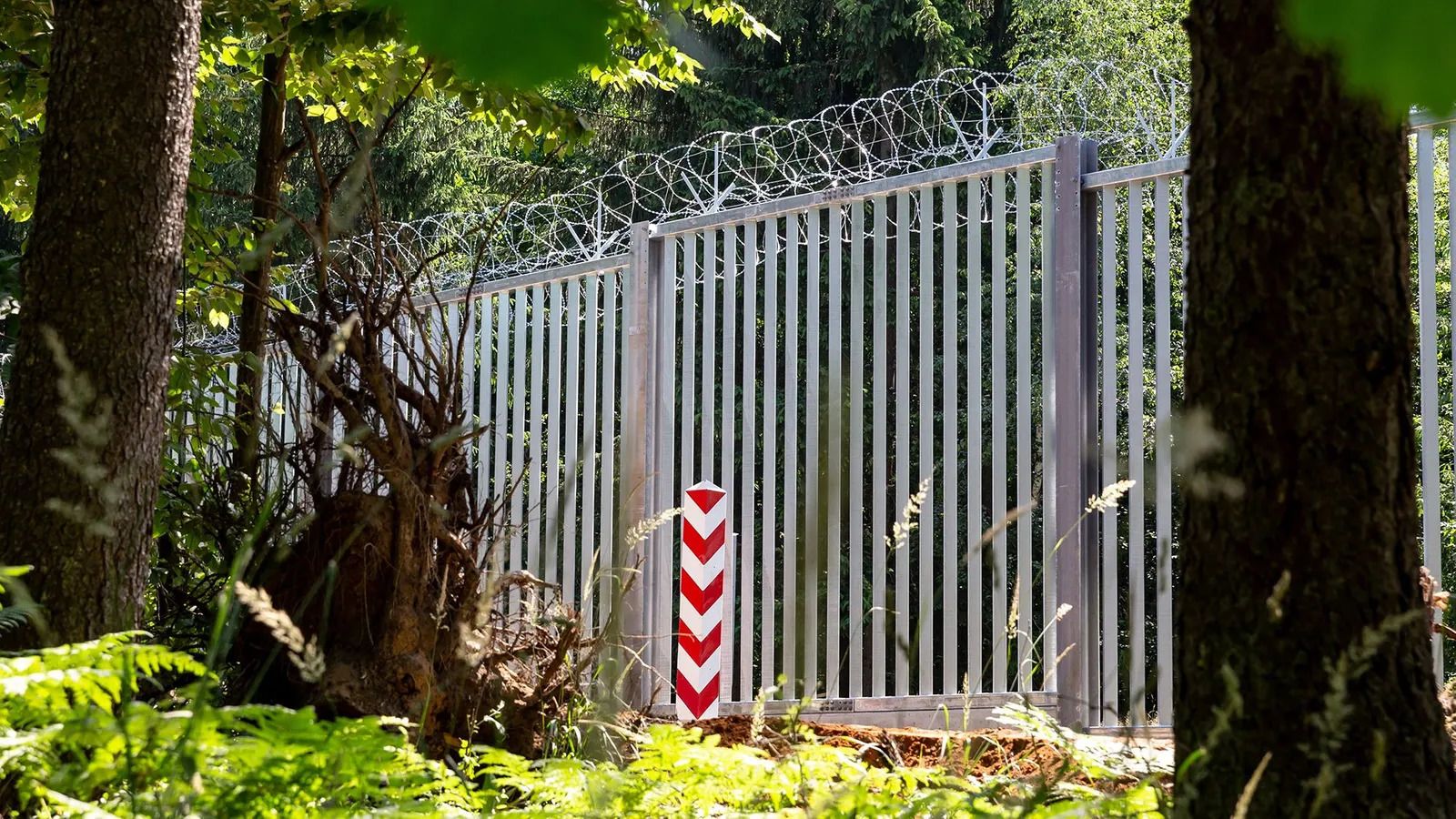 Only a few lynx live on the Polish side of the border, and they are now
separated from the larger population on the Belarusian side of the fence
Only a few lynx live on the Polish side of the border, and they are now
separated from the larger population on the Belarusian side of the fence
But since then, and particularly in recent years, a rising tide of sometimes xenophobic nationalism has seen many nations erect walls along their borders, and reinforce and militarise previously flimsy border fences – often in apparent violation of international environmental laws, such as the Convention on Migratory Species, which requires migration routes to be protected.
Elisabeth Vallet at the University of Quebec in Canada calculates that 74 borders walls now exist across the globe, six times the number at the end of the Cold War. They extend for more than 20,000 miles (32,000km).
Gates were installed along one border wall, but 'animals will not stand in a queue waiting for the gates to be opened'
Some barriers kill directly, with electric currents, razor wire, or by entangling animals that try to cross. Others block migration routes, preventing access to vital resources such as watering holes and seasonal pastures, or deter animals with their roads, patrols, or harsh lighting. "The epidemic of fence construction continues," says Linnell. "And the modern generation of fences are more solid than the older ones."
India has fenced about three-quarters of its 2,500-mile (4,000km) border with Bangladesh, halting cross-border movements of wild Asian elephants, whose natural range extends from north-east India to Bangladesh, Bhutan, Myanmar and Nepal. Israel's 26ft (8m) high "separation wall", which extends for 440 miles (700km) around the Palestinian West Bank, also prevents seasonal movements by gazelles, foxes, wolves and other animals between the hills of the West Bank and the surrounding lowlands.
"Increased fragmentation [of their habitat] deprives gazelles of the opportunity of freely tracking food sources as these become available seasonally," according to a study headed by Yoram Yom-Tov of Tel Aviv University. As a result, the number of mountain gazelles has fallen dramatically, with only 2,000 left in the wild.
In Europe, the Polish wall through the Białowieża primeval forest has received the most attention from environmentalists. The scientists' letter warned that the forest is "the last remaining temperate lowland forest in Europe existing with little human disturbance since the end of the last ice age". The wall crosses an ecological corridor that is "of pan-European importance", they said, and until now formed part of "the main dispersal route of large mammals".
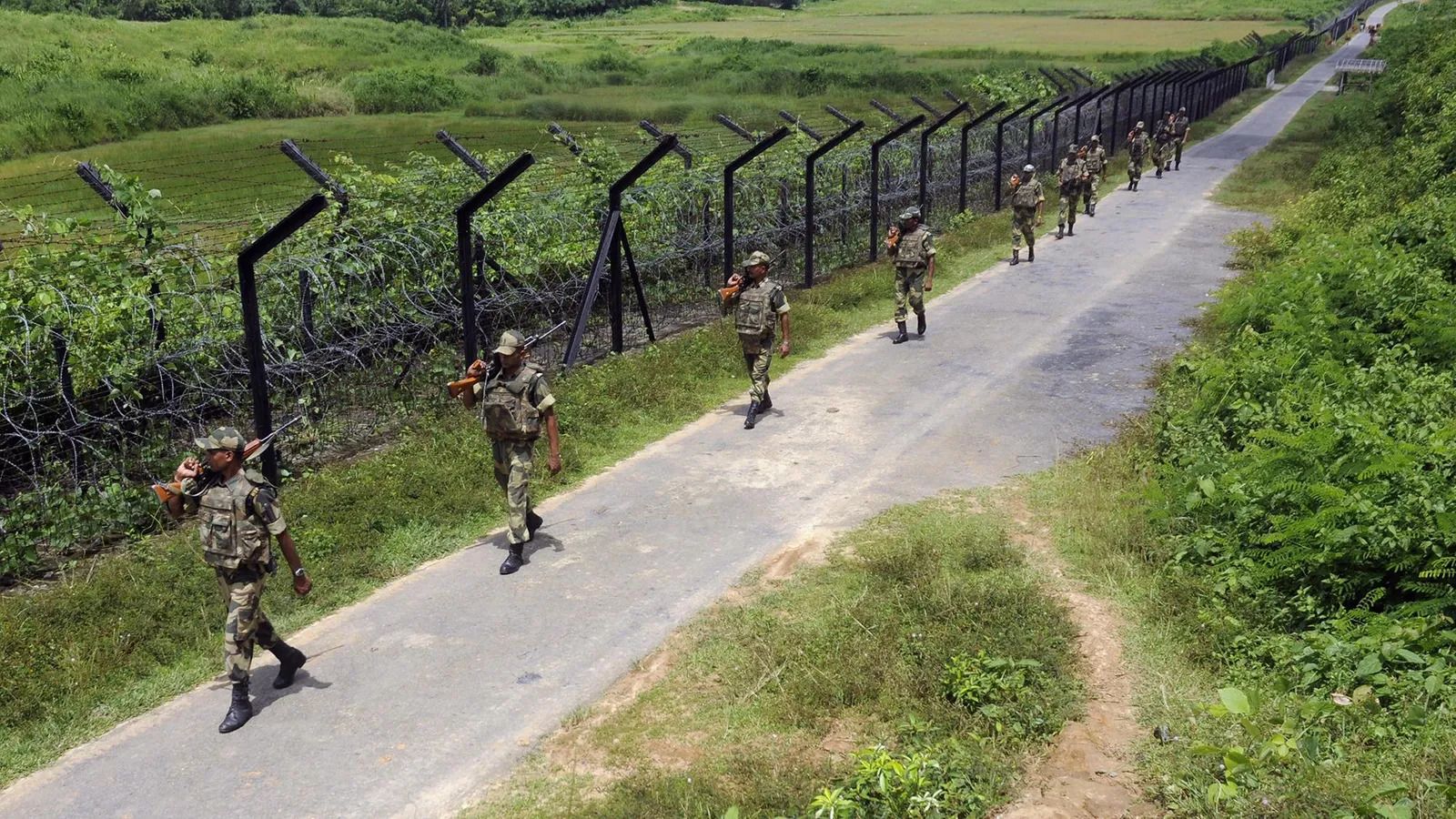 The majority of the India-Bangladesh border is fenced, blocking the path of wild Asian elephants and other wildlife
The majority of the India-Bangladesh border is fenced, blocking the path of wild Asian elephants and other wildlife
Researchers at the Mammal Research Institute, which is based in the village of Białowieża in the heart of the forest, say threatened animals include a unique population of 800 European bison, the continent's largest land mammal, as well as brown bears trying to move west from Belarus into Poland. The previously open border in the forest is thought to have been the route taken by a lone brown bear seen in the Polish part of the forest in the last three years – the first such appearance in 80 years. But the wall now means that "the possibility of recolonisation in the Polish part of the forest is broken," says Kowalczyk.
When the project began, the Polish government answered its critics by promising to install 24 wildlife gates. But Kowalczyk says that today "the gates are closed and will remain closed. [The gates were] just a soothing agent, to give an impression the government would maintain connectivity". In any case, says his institute colleague Krzysztof Schmidt, "animals will not stand in a queue at the wall waiting for the gates to be opened".
The Polish wall is one of a series being constructed across Europe since a surge of migrants from the Middle East and Africa crossing Europe began in 2015. Greece and Bulgaria have both barricaded their respective borders with Turkey. Hungary erected more than 200 miles (320km) of fences along its borders with Serbia and Croatia. Slovenia barricaded off Croatia; Austria did the same to Slovenia; and North Macedonia put up 23 miles (37km) of metal barriers between it and Greece.
In October, Finland's main political parties agreed to plans for a fence along the country's 830-mile (1,300km) border with Russia
The pace has increased further following Russia's invasion of Ukraine. In August this year, Lithuania completed a fence along some 300 miles (480km) of its border with Russian ally Belarus, complementing a similar fence on its Russian border. In October, Finland's main political parties agreed to plans for a fence along the country's 830-mile (1,300km) border with Russia to halt a feared stream of exiles fleeing the Russian draft. "The upshot of it all is that Europe is now increasingly cutting itself off ecologically from the east," says Linnell.
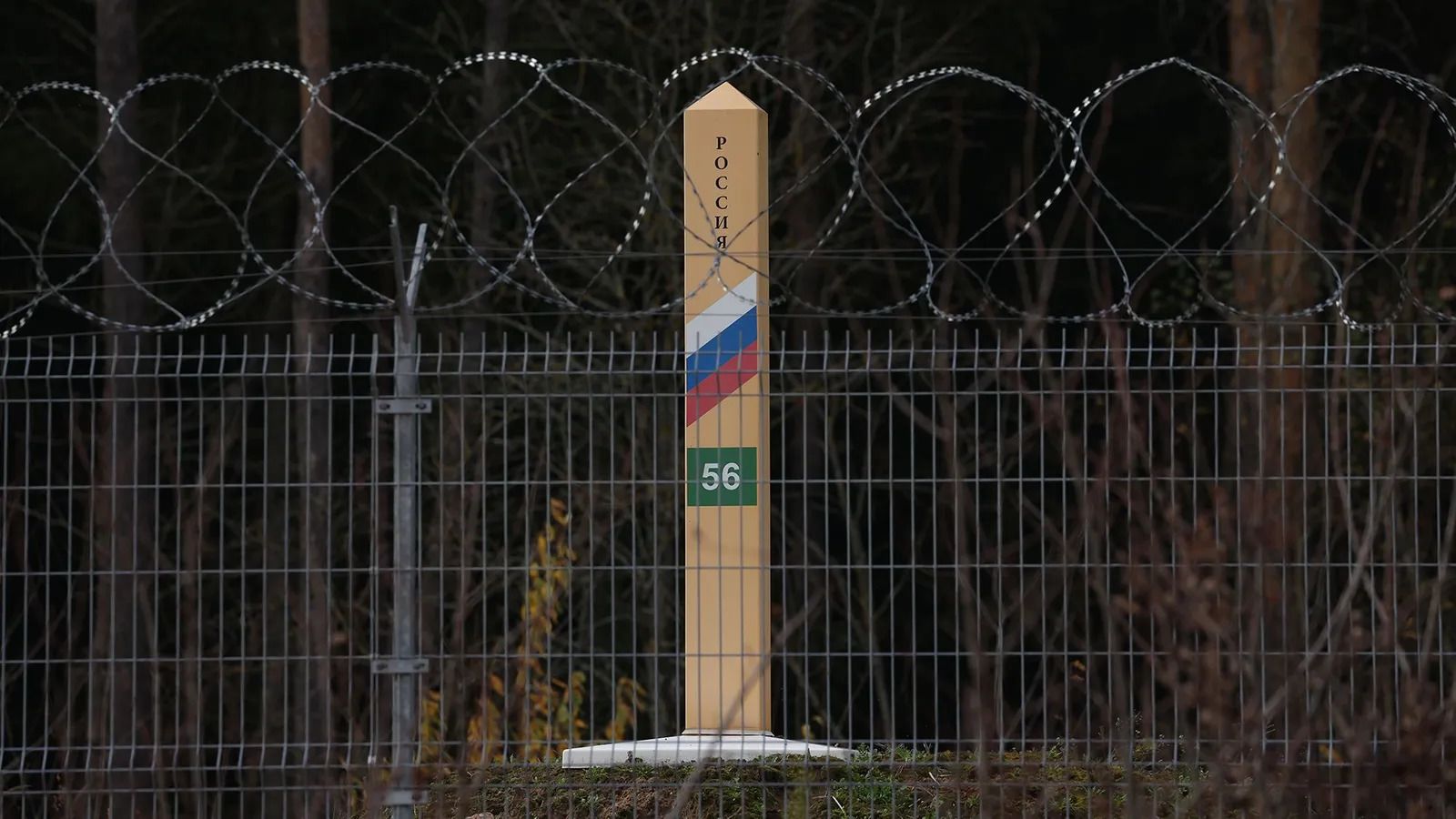 Lithuania has a border fence with the Russian exclave Kaliningrad, and another with Russian ally Belarus
Lithuania has a border fence with the Russian exclave Kaliningrad, and another with Russian ally Belarus
At the same time, the US has been seeking to exclude Latin American migrants by plugging the 2,000-mile (3,200km) US-Mexico border with fences and walls. But in so doing, it is also sealing off wildlife. The border is reckoned to bisect the range of 120 species of non-flying mammals, many of which have long travelled between Mexico's Sierra Madre Occidental and the Rocky Mountains, says Ron Pulliam of the University of Georgia and the Borderland Restoration Network, a non-profit based in Arizona that aims to protect both humans and wildlife in the area.
The barriers risk derailing the return of the jaguar to the US south-west, Pulliam says. The big cat had been extinct north of the border until a few jaguars recently recolonised from Mexico. But he warns that the US presence of the animal "will once again become a ghost if the barriers currently in place are allowed to remain". Meanwhile, the ocelot is down to fewer than a hundred individuals in the US. Many live in Texas and depend on shrublands in the Lower Rio Grande Valley that extend across the border.
"A continuous border wall could disconnect more than 34% of US non-flying native terrestrial and freshwater animal species from the 50% or more of their range that lies south of the border," according to an international study headed by Robert Peters and Jennifer Miller of the non-profit Defenders of Wildlife, and colleagues.
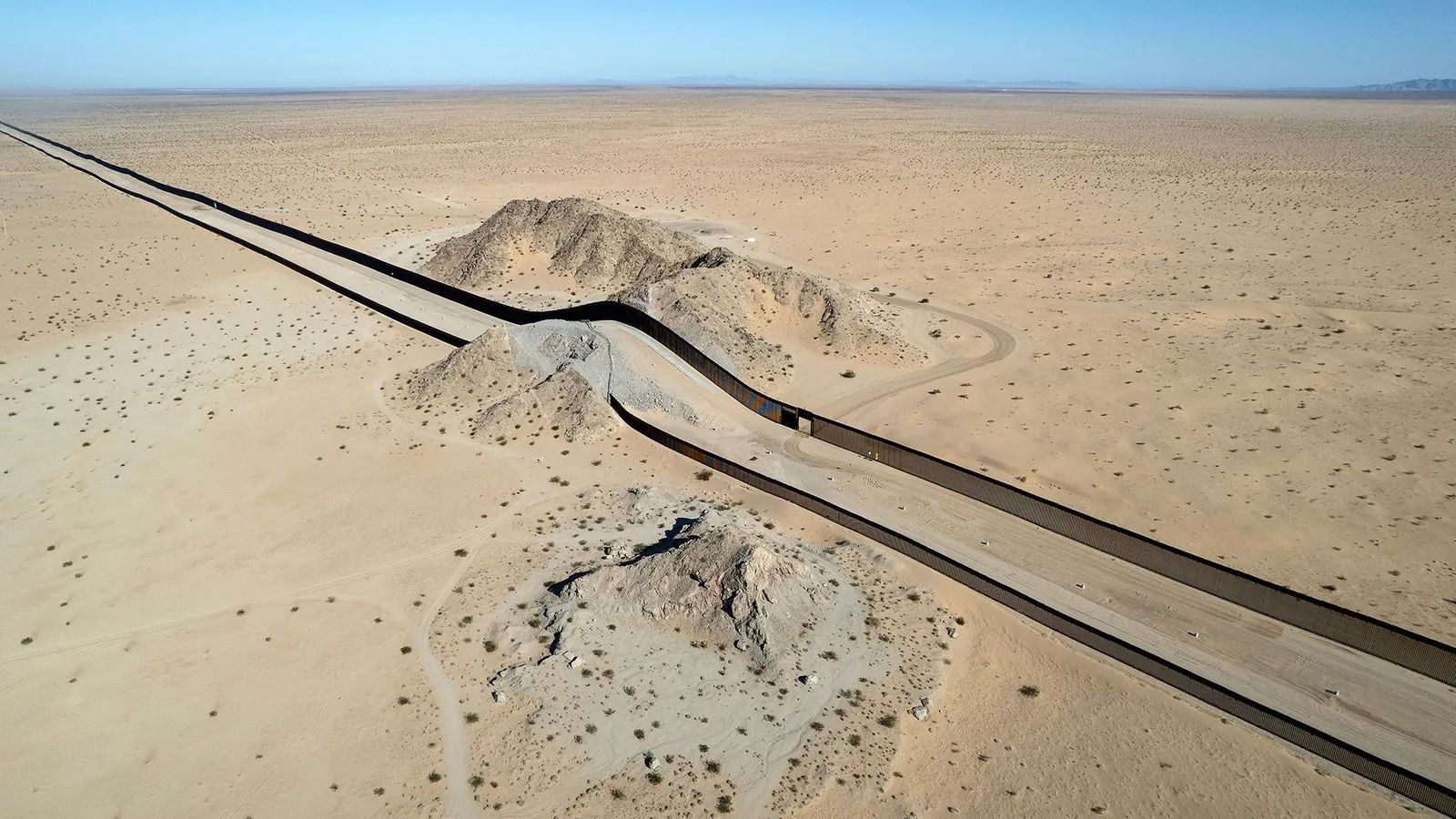 The return of the jaguar to the south-west of the United States is thought to be jeopardised by the border wall
The return of the jaguar to the south-west of the United States is thought to be jeopardised by the border wall
The great steppes of Central Asia have long been the scene of some of the greatest migrations of herbivores on the planet. But with growing security threats from Afghanistan and rampant smuggling elsewhere, governments have put up thousands of miles of fences here too. They have blocked the ranges and migrations of saiga antelopes, wild camels, gazelles, wild asses, bears, snow leopards, tigers, cheetahs, deer and Przewalski's horses.
Some attempts have been made to make the fences wildlife-friendly. But success is patchy at best. The 150-mile (240km) fence separating Kazakhstan and Uzbekistan between the Aral and Caspian seas was erected in 2011 to foil smugglers. But it also prevented upward of a million saiga antelopes, the remains of a once much larger population, from migrating between summer pastures in Kazakhstan and wintering grounds to the south in Uzbekistan. The animals faced starvation before an intervention by conservationists persuaded Kazakh officials to remove the lower strands of the barbed wire at 125 points along the fence to allow them to pass.
Botswana erected a 300-mile (483km) electric fence on its border with Zimbabwe, with major impacts on elephants, giraffes, and zebras
The action, completed in 2016, was hailed as a conservation triumph. But to date, while saiga numbers have recovered in Kazakhstan following the abating of an epidemic of bacterial disease and better patrols against poaching, the animals have rarely found or used the gaps, according to Eleanor Milner-Gulland, of Oxford University and the Saiga Conservation Alliance.
Sometimes, border fences are intended to stop animals rather than people. China constructed a 2,900-mile (4,670km) fence along its border with Mongolia, through the Gobi Desert, partly to keep Mongolian wolves from preying on Chinese livestock. But it also blocked the seasonal migrations of wild asses. Botswana erected a 300-mile (480km) electric fence on its border with Zimbabwe to keep out cattle infected with foot and mouth disease. But the fence has had major impacts on the cross-border movements of some of the region's most iconic wild species, including giraffes, elephants and zebras.
Yet border barriers need not be permanent. In 2015, Slovenia placed a razor-wire fence for 120 miles (190km) through the Dinaric Mountains on its border with Croatia, to block off a route used by refugees. But the fence also divided mountain populations of Eurasian wolves, brown bears and lynx. Prior to the fence, half the region's wolf packs had home ranges that straddled the border. The fence "may just be the last push for the [wolf] population to spiral down the extinction vortex", Linnell warned as the fence was being erected.
But Slovenia this summer announced that the fence had failed to curb refugees and sent in troops to pull it down. In this case at least, wildlife won a reprieve.

